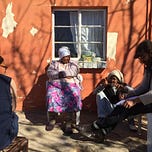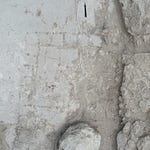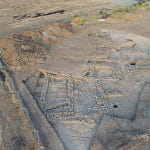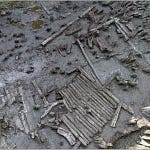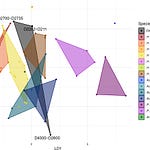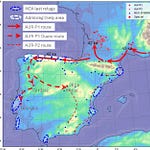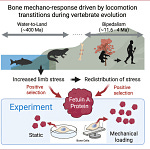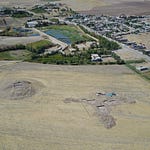In the seventeenth century, a small trading post at the southern tip of Africa became a hinge between continents. Dutch ships bound for Asia stopped at Cape Town to refill their casks and recruit labor. Over the next 250 years, thousands of people—enslaved, Indigenous, and European—would cross paths here, leaving genetic traces that remain visible in South Africa’s populations today. A new genomic study of more than 1,200 individuals offers the most detailed picture yet of how colonialism and forced migration fused multiple ancestries into a single human landscape.


